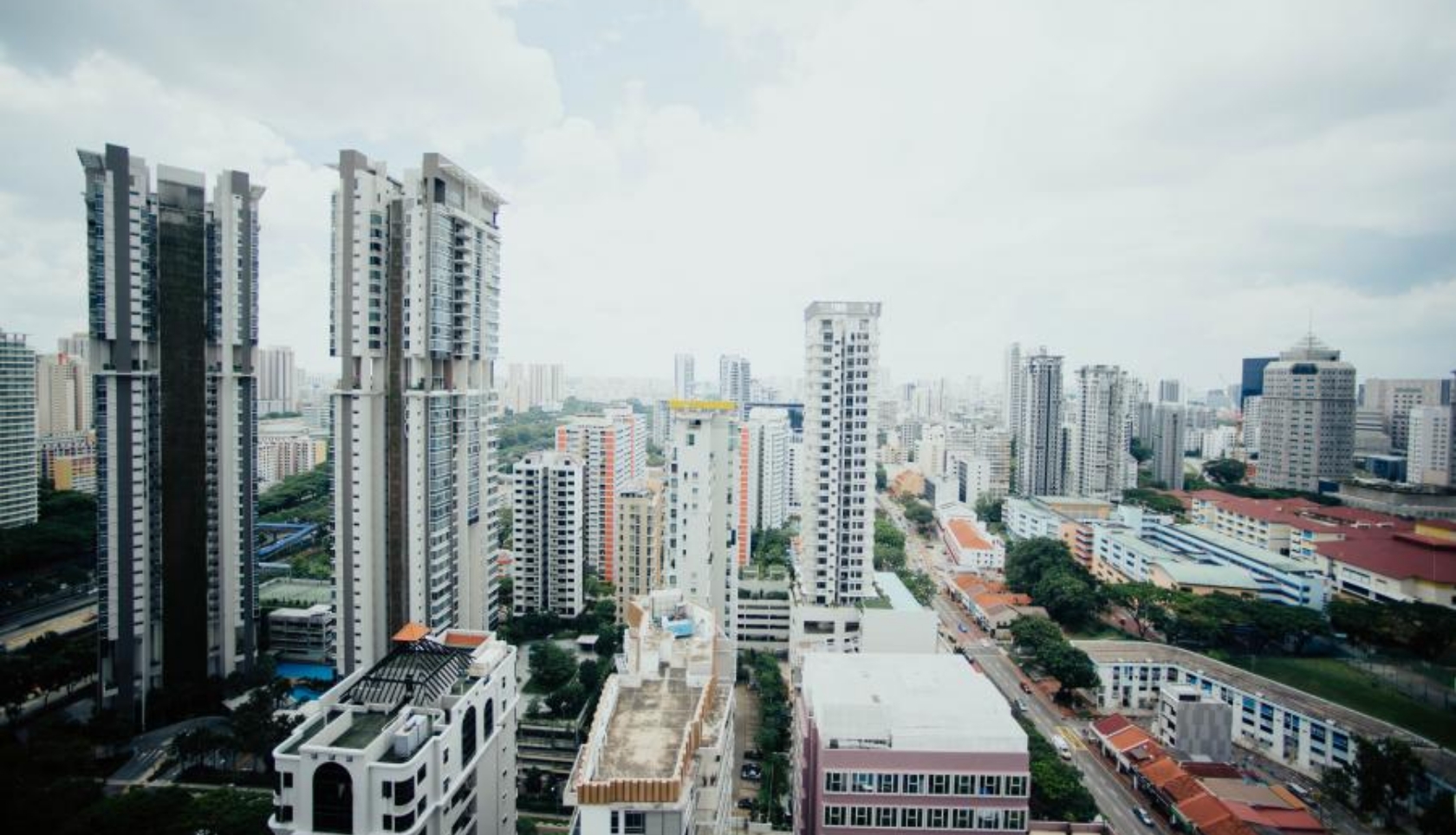
What Factors Make an Accessible City?
An accessible city benefits all individuals who live, work, and play in that city. This means that the public spaces must be accessible to all, no matter their level of ability. When urban planners design the infrastructure for a city center, several problems and corresponding solutions must be considered to benefit the city as a whole.
Common problems that keep cities from being accessible are physical barriers that keep people of different abilities from accessing sidewalks, building entrances, and public services. According to the Americans with Disabilities Act (ADA), public spaces must be accessible to all. For example, curb ramps are considered a basic city service.
Some cities may not have been required to make immediate changes; however, as buildings and infrastructure are upgraded, they must begin to make changes to become ADA compliant. People with all abilities must be able to access city facilities, services, and programs. All people need to be able to participate in public meetings, city functions, and legal proceedings.
Historically significant buildings in a city can cause a challenge for accessibility because many of these buildings have limited floor plans that do not allow for as many changes. However, there are other options. Suppose a building cannot change due to the possibility of destroying the historical significance. In that case, a city should offer audio-visual materials or other innovative solutions to allow people of all abilities to experience the historically significant building.
Curb ramps are not always available throughout a city for individuals with mobility aids. When a curb ramp doesn’t exist, some people may have to use the roadways rather than the sidewalk. Curb ramps allow people with wheelchairs and other devices to move easily from sidewalk to crossing and back to sidewalk. Cities should ensure that curb ramps exist between government buildings, bus stops, business districts, residential areas, and any public accommodation.
Another aspect that should be considered for city accessibility is effective communication, which means that qualified interpreters, assistive listening devices, Braille documents, large print, or audio cassettes are available for public events or meetings.
Cities need to provide direct and equal access to emergency response systems for people of all abilities. This means that individuals who are deaf or have difficulty hearing are able to still contact for help. When planning an emergency telephone service, direct access to TTY calls or computer modems is important and all emergency operators should be trained on how to respond to a “silent call.”
Creating an accessible city requires having an understanding of how the built environment and city infrastructure set out to benefit the community, and then, the city government needs to check the city against ADA compliance and actual usefulness for people of different abilities.
According to the “What Makes a City Accessible and Inclusive?,” the Capability Model of Disability (CMD) offers three key features that are important for city planning processes: rethinking the built environment for people with disabilities, a development-based framework for inclusive policymaking, and the concept of salience to measure cultural coherence and adoption of international human rights norms at a local level.
All city dwellers should have access to basic functions and freedoms, including health, education, employment, mobility, public participation, and more. This means that accessible cities define and uphold decisions that prioritize desirable outcomes for their community from equal opportunity and an increase of basic functions and freedoms.
Accessible cities benefit not only their local community but their tourism economy by being able to provide accessible opportunities for tourists with disabilities, older people, and families with young children. More and more, economic and social development hinges on achieving accessibility for all.
At StrongGo, we believe in cities that are accessible, and we do our part to make cities more accessible with our TekWay detectable warning dome tiles. Contact us today to discover your ADA-compliant solutions.


